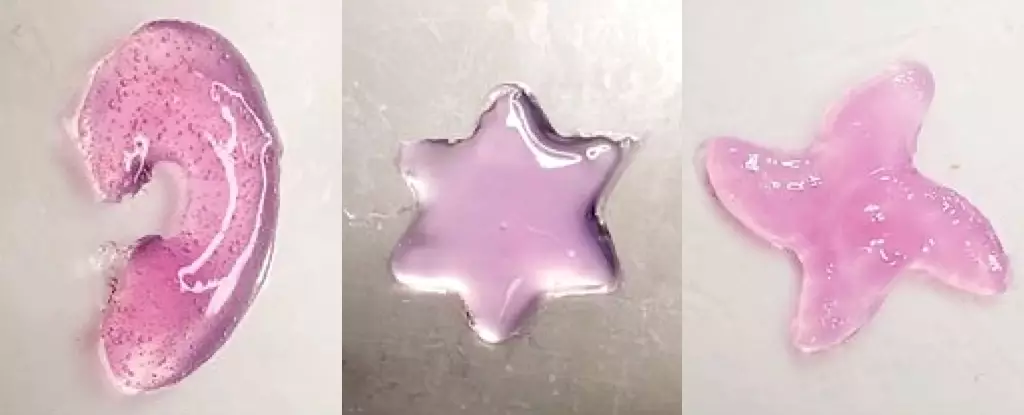In a stunning advancement that melds biotechnology with engineering prowess, scientists at the California Institute of Technology have pioneered a groundbreaking technique known as Deep Tissue In Vivo Sound Printing (DISP). This innovative method leverages ultrasound technology to create three-dimensional materials inside living organisms, setting the stage for revolutionary changes in medical treatments, from drug delivery systems to tissue regeneration.
The fundamental beauty of DISP lies in its ability to print directly within the body. Rather than relying on traditional means of administering treatment, which can often be inefficient or invasive, this technique integrates materials at precise depths, targeting areas of necessity without disrupting surrounding tissues. This approach could empower clinicians to deliver cancer treatments directly to tumors, dramatically enhancing efficacy and minimizing systemic side effects.
The Science Behind the Magic
DISP operates through a careful orchestration of bioinks—specialized materials injected into the body that contain polymer chains and crosslinking agents. These agents are essential for forming a hydrogel structure, which can encapsulate drugs, support cellular growth, or facilitate other functions. The real ingenuity lies in the encapsulation method used to prevent premature hydrogel formation. Crosslinking agents are safeguarded inside lipid-based vesicles, called liposomes, which release their contents when exposed to a targeted ultrasound signal.
Ultrasound functions as a non-invasive trigger, allowing for deeper tissue penetration than traditional infrared techniques. As Wei Gao, a leading researcher in this domain, aptly points out, ultrasound’s reach extends significantly further into the body, making it a versatile tool for developing complex applications that were previously impossible. The versatility of this technique allows scientists to craft intricate shapes—ranging from star configurations to teardrops—while ensuring compatibility with biological systems.
Applications That Redefine Healthcare
The implications of DISP are staggering. Tests conducted on animal models, including rabbits and mice, indicate compelling potential for both repairing injured tissue and delivering drugs more effectively. For instance, during trials involving bladder cancer, researchers integrated the chemotherapy drug doxorubicin into the printed hydrogel, enabling a slower, controlled release that outperformed traditional injection methods. By directly administering medication at the tumor site, the chances of maximizing the drug’s effectiveness intensify while mitigating harmful side effects on healthy tissues.
Moreover, the bioink can incorporate essential cells, promoting healing and regeneration processes directly at the wound sites. Engaging in this strategy could prove vital in speeding up recovery times and enhancing the body’s natural healing capabilities.
Yet the potential transcends mere wound healing or drug administration; the DISP method opens avenues for advanced implantable biosensors. By blending conductive materials like carbon nanotubes and silver nanowires into the bioinks, researchers envision devices that monitor vital signs or electrical activities from cardiac and muscular tissues—providing real-time health data that could revolutionize patient care.
Safety and Future Directions
In terms of safety, initial studies demonstrate no toxic reactions from the hydrogel, while any remaining bioink is naturally expelled from the body in a week. This aspect addresses a fundamental concern in any medical innovation: ensuring that new techniques do not compromise patient safety.
Nonetheless, the road ahead is filled with challenges. Transitioning from animal models to human trials represents a significant hurdle, requiring extensive validation to ensure this method’s effectiveness and safety in humans. As Gao and his team prepare to broaden their research with larger animal models, the anticipation surrounding the potential human applications is palpable.
Empowering the Future of Medicine
The ambitious vision behind DISP underscores a transformative potential within the medical field. As researchers explore the frontiers of 3D printing technology and biomaterials, this technique may redefine not only how we understand treatment modalities but also how we perceive the continuum of healing itself. By harnessing the power of sound waves and innovative bioinks, we stand on the brink of a new era in which medical care becomes more precise, accessible, and potentially life-saving—igniting excitement among clinicians and patients alike for what lies ahead.


Leave a Reply